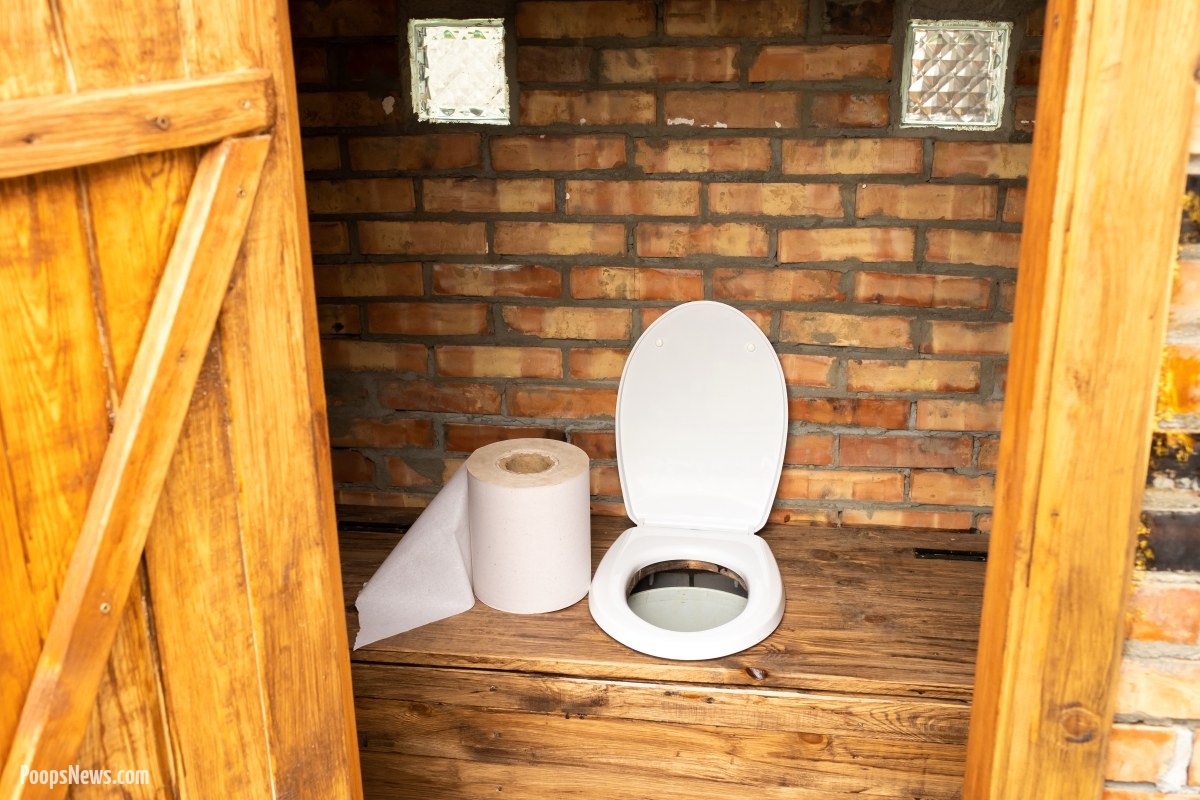Traveling is a constant stream of adventures, filled with new tastes, sights, and cultural experiences. Yet one aspect of international travel often catches even the most seasoned globetrotters off guard — the bathroom. What seems like a simple task in your own country can turn into a bewildering challenge in another, where norms and expectations are as varied as the languages spoken. From the technological marvels of Japan to the rustic realities of India, toilets around the globe can provide an unexpected and often humorous insight into the culture you’re visiting. So what can go wrong when you venture into a restroom in an unfamiliar land? Let’s explore some of the most common — and surprising — “toilet travails” travelers face in different countries.
Italy: The Enigma of the Bidet
Ah, Italy! Home of incredible cuisine, beautiful architecture, and… the mysterious bidet. For many travelers, their first encounter with this bathroom fixture is one of confusion. Is it a mini sink? A foot bath? A second toilet? Despite its relatively common presence in Italian homes and hotels, the bidet remains an unsolved mystery for many foreign visitors. Intended for personal hygiene, it is used by locals with as much ease as a regular toilet. However, tourists often struggle with it, either avoiding it entirely or using it for unintended purposes, like washing feet or even storing small items.
Though a quick inquiry to a local might clear things up, it’s not uncommon for the bidet to become the center of an international misunderstanding. If you’re in Italy, try asking your hotel concierge for a quick lesson — you’ll walk away not only with a better understanding of Italian customs but also a new skill that might come in handy throughout Europe.
France: Where Privacy Is Optional
France is world-renowned for its charm, from romantic walks along the Seine to quaint cafés on cobblestone streets. But in some of these very cafés, you may find a cultural peculiarity that can make your bathroom experience a little awkward. While larger restaurants and hotels generally offer well-equipped, private facilities, smaller bistros may take a more relaxed approach to restroom privacy.
In some places, you might find that toilet doors either don’t exist or are so poorly constructed that they offer little in the way of privacy. It’s not unusual for the bathroom to be situated in a location where fellow patrons can see or hear everything happening inside. This setup can be quite jarring for tourists accustomed to more secluded bathroom environments, but for many French people, it’s simply part of the café experience. The trick here is to simply roll with it — chances are, no one’s paying as much attention as you think.
Japan: The Overwhelming High-Tech Toilet
Japan is famous for its technological innovations, and their bathrooms are no exception. For first-time visitors, entering a Japanese restroom can feel like stepping into a spaceship. Japanese toilets are often equipped with a staggering array of features: heated seats, automatic lids, bidet functions with adjustable water pressure and temperature, and even ambient music to mask any embarrassing sounds. And that’s just the beginning.
To the uninitiated, the control panel (sometimes even bilingual in Japanese and English) can be overwhelming. It’s not uncommon to hear stories of tourists frantically pressing buttons in an attempt to flush, only to inadvertently trigger the bidet or a blast of warm air. In a culture where efficiency and cleanliness are paramount, these toilets are a marvel of modern convenience — but also a source of great confusion for those unprepared for their technological prowess.
Despite their intimidating interface, Japanese toilets are adored by locals and returning travelers alike. Once you get the hang of them, you may find yourself wishing you had one at home.
India: Where Toilets May Not Be as Common as You’d Hope
India, with its vibrant culture and rich history, is a top destination for travelers seeking to experience something truly unique. But amidst the sensory overload of the bustling markets, colorful festivals, and aromatic cuisine, many tourists find themselves caught off guard by the state of public restrooms — or the lack thereof.
In many parts of India, public toilets can be scarce, and when you do find one, it may not come with the modern conveniences you’re used to. Toilet paper is rarely provided, and it’s common for restrooms to be equipped only with a bucket and water for personal hygiene. For the unprepared traveler, this can be a challenging adjustment. Hygiene standards may vary widely depending on where you are, so travelers are often advised to carry their own toilet paper and hand sanitizer just in case.
In rural areas, you might even find yourself relying on nature’s bathroom facilities — an experience that can be liberating or stressful, depending on your perspective. Either way, it’s wise to plan ahead and stay flexible. When in India, adopting a “go-with-the-flow” mentality will serve you well, both figuratively and literally.
Sweden: Pay to Pee
In Sweden, you won’t have to worry about a lack of public restrooms; instead, you’ll likely face a different hurdle: the price tag. Sweden, along with several other European countries, charges a small fee to use public toilets. While this practice may be unfamiliar to many travelers, it’s quite common in parts of Europe, where well-maintained facilities are often considered worth the price.
For unsuspecting tourists, however, the need to carry small change can turn a simple bathroom break into a logistical nightmare. Many restrooms accept only specific coins, leaving you scrambling if all you have is paper money or a credit card. In some places, toilets may even require a pre-paid card to access, adding an extra layer of complexity.
This situation can be particularly stressful if you find yourself in an urgent situation with no coins in hand. The best advice is to be prepared: make sure you always have some small change on you, especially when exploring more rural or tourist-heavy areas where ATMs might not be readily available.
China: A Different Kind of Communal Experience
China’s public toilets present a unique challenge for many Western travelers, not because of any high-tech gadgetry or cultural idiosyncrasies, but due to their sometimes communal nature. In smaller towns and rural areas, it’s not uncommon to find public restrooms that lack individual stalls. Instead, you might encounter a row of squat toilets with no partitions, meaning you’ll be sharing the experience with others in a very up-close-and-personal way.
For those unused to such an open format, it can be uncomfortable at first, especially given that the concept of personal space is often different in China. The communal setup can be particularly jarring for tourists from countries where privacy in the bathroom is considered a given. However, many locals see these facilities as entirely practical and don’t pay much attention to the comings and goings of their fellow restroom-goers.
To survive the experience, it’s best to adopt the local attitude: just get on with it. Everyone’s in the same boat, and any embarrassment you feel is likely fleeting.
Greece: Don’t Flush That Paper!
One of the biggest surprises awaiting tourists in Greece is the country’s plumbing system. Due to the narrow pipes in many areas, flushing toilet paper down the toilet is a strict no-no. Instead, you’ll find small bins next to the toilet where used paper should be disposed of. For travelers used to more robust plumbing, this can be a hard habit to break — and failing to do so can lead to some rather unpleasant consequences, such as a clogged toilet that requires emergency attention.
Many first-time visitors to Greece are caught off guard by this rule, which is why it’s often emphasized in hotels, restaurants, and even private homes. Signs in multiple languages serve as constant reminders, but even so, old habits die hard. Tourists who forget the rule might find themselves explaining an embarrassing situation to their hotel manager sooner rather than later.
The key to navigating Greece’s bathroom culture is simple: when in doubt, don’t flush. It’s a small adjustment that will save you a lot of trouble in the long run.
Malaysia: Puzzling Plumbing
In Malaysia, you might encounter another bathroom oddity that has left many tourists scratching their heads: urinals placed at eye level. While this may sound bizarre, it’s a quirky feature of some public restrooms in smaller towns, where the design and layout of bathrooms can seem nonsensical by Western standards. Urinals installed too high or too low for comfort are a common sight, and while locals seem to make do without complaint, visitors are often left wondering if it’s some kind of elaborate prank.
The truth is far more mundane: plumbing systems in certain areas are simply installed without much thought to ergonomics. While it may not be the most comfortable experience, it’s one that many seasoned travelers learn to laugh about after the fact.
Navigating Global Restrooms with a Smile
Whether it’s a high-tech toilet in Japan, a lack of privacy in France, or puzzling plumbing in Malaysia, bathrooms around the world have a way of turning the mundane into the memorable. For travelers, these encounters offer a unique insight into the cultural and practical differences that make each country special.
As with any aspect of travel, the key to surviving — and even enjoying — these bathroom challenges is an open mind and a sense of humor. When things go wrong, and they likely will at some point, it’s all part of the adventure. So next time you find yourself faced with an unfamiliar toilet, remember: what could possibly go wrong? Well, probably everything. But it’ll make for a great story when you get back home.





